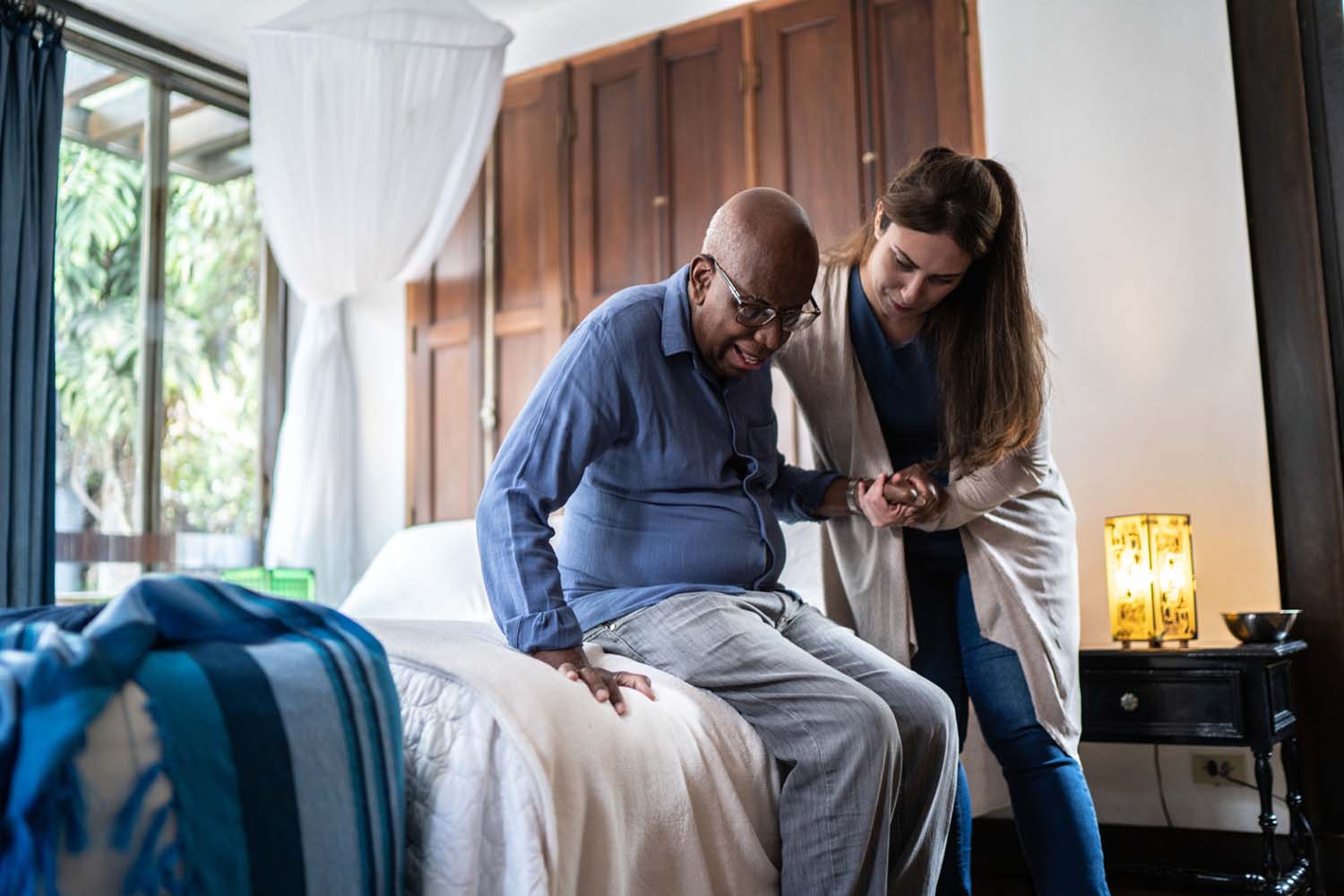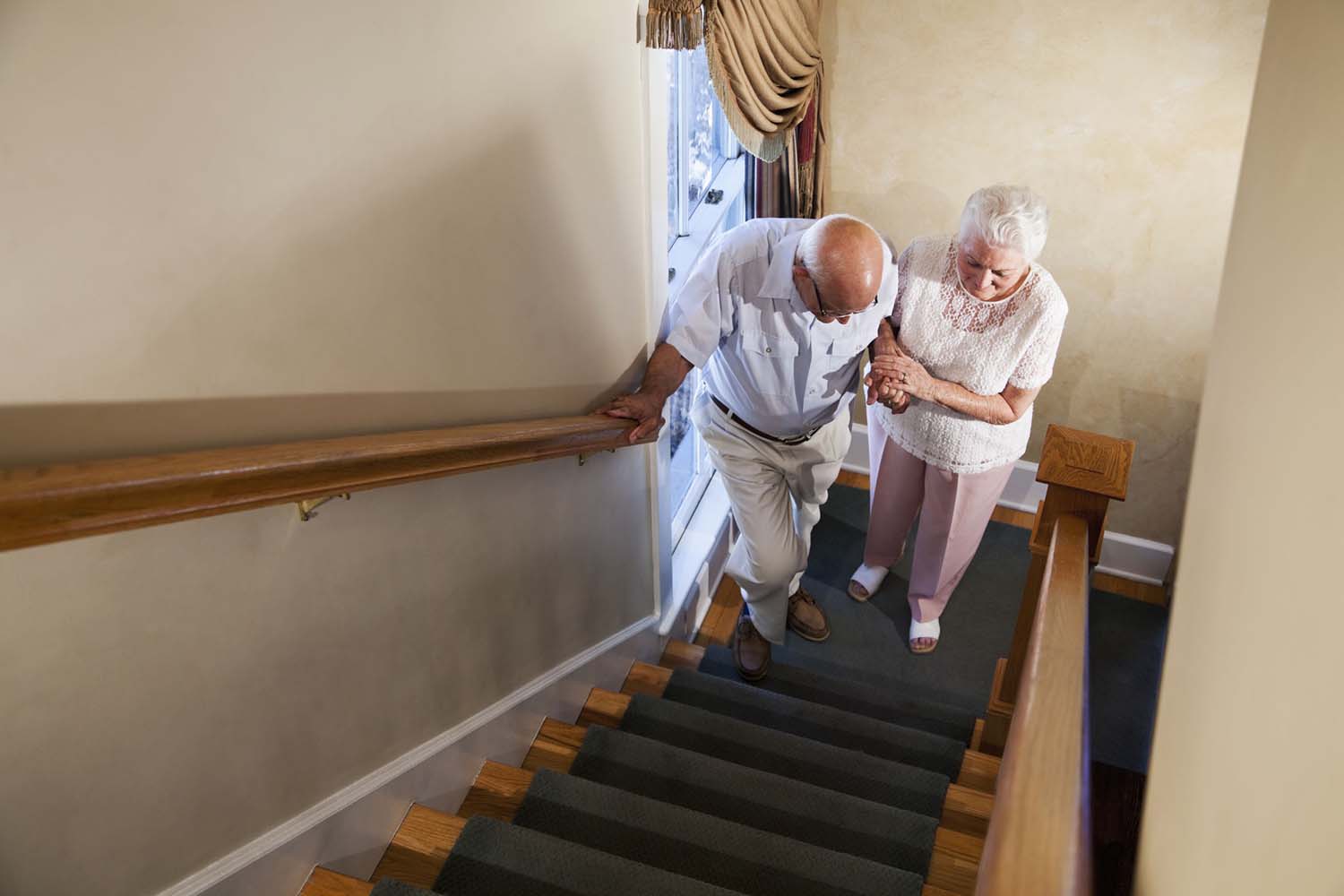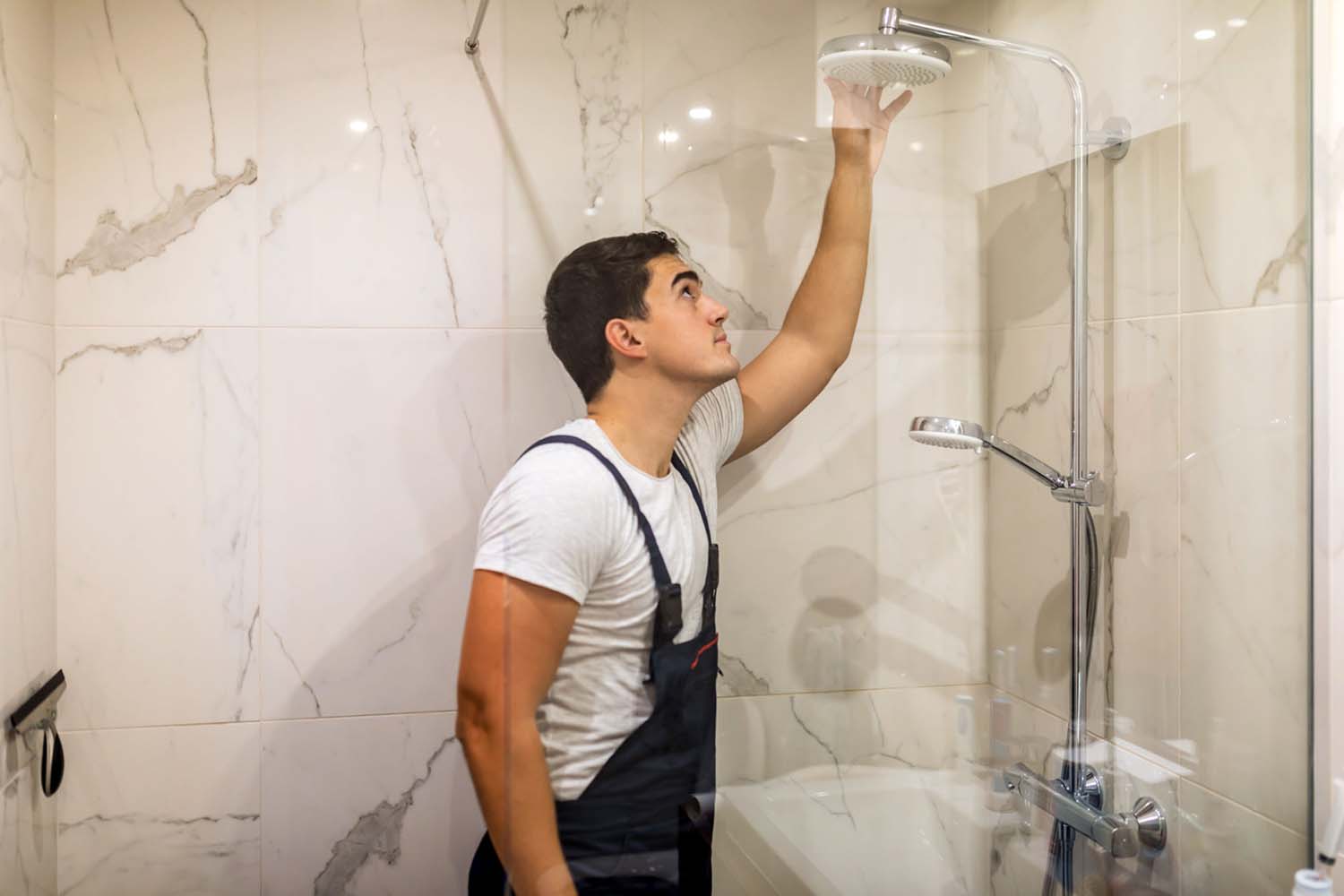As we age, it becomes increasingly harder to manage our own daily life. Our physical and mental health decline with time. This can lead to increased stress and loneliness. These are feelings that already make life more difficult for many pension-aged people.
There are so many things to consider when adapting a house for an elderly person’s needs. And also so many ways to carry those adaptations out. So, here are some general tips and a few good places to start.

Consider Their Needs
The first thing you should do before you make any changes is to consider the needs of the elderly person. Not everyone needs the same adaptations. Furthermore, some adaptations in a house may be costly. So, you might want to talk with the homeowner and decide whether adapting the property is worthwhile, or whether they might be better moving to a new, more accessible one.
This is always going to be a tough decision for the homeowner to make. You might find that despite the stress and difficulties their current home brings them, they are unwilling to part ways. All you can do is reassure them that you are trying to help make their everyday life more manageable. Also, ensure that they can maintain a little independence by making the tough choice.
If they’ve come to the conclusion that they don’t want to leave their home for another, though, there are adaptations you can make that will greatly improve their livelihood.

Adaptations to Help With Stairs
As people age, simple physical activity becomes more and more difficult to do on a consistent basis. It will eventually exert great effort on their behalf. There is stress, both physically and mentally, in doing something that used to be easy. Going up and down the stairs, for example.
It can become a constant battle that can really begin to wear down on elderly people. Furthermore, this reinforces the idea that they cannot act independently and resulting in a lot of frustration.
In such cases, it could be worthwhile installing rails to the staircase in (and outside if applicable) the house to offer them extra support and balance. Rails aren’t always the most attractive things. This might put the homeowner off having them installed. However, with a bit of paint and planning, they could actually add to the overall look of the stairs.
Making these adaptations in the most practical, yet attractive way is sure to help the elderly resident adjust to their new way of life. It can also turn the experience into a positive one as it becomes less about their inability to traverse the stairs. Rather about how they make their life easier and simultaneously improve the look of their home.

Adaptations for the Bathroom
Bathrooms are undeniably one of, if not the, most important rooms in a house. They aren’t just the place that we go to relieve and bathe ourselves. They are a place where we go to relax and recuperate after a long day.
The last thing anyone wants is for their trips to the bathroom to become something that inspires dread. This can become the norm for a lot of elderly people whose bathrooms have not been adjusted to their needs.
As we age and become more unsteady, trying to maintain balance when getting in and out of the tub can become a very real danger as you try not to slip and fall. In this case, opting for a wet-room style bathroom may be the ideal way to go. They’re a lot easier to use as they don’t require stepping in and out of a bath. You just have to walk straight in and get to work cleaning.
If a bath is a must, however, you could opt for one with a side door so you get the best of both worlds: a relaxing bath that you don’t have to cautiously step over, just step in.

Turn the Spare Room into a Bedroom and Find a Live-In Carer
A live-in carer can be a great help to elderly people, and sometimes the in-home nursing care cost might be something to consider, still, it doesn’t compare to how a live-in carer provides companionship and emotional support. And whilst you can make all the adaptations possible to help with the mechanics of certain activities such as walking the stairs and using the bathroom, you won’t be able to adapt absolutely everything for them (not yet anyway.)
Even if you introduce technology to the house to help with their everyday routine, there will be some things that technology just can’t do. One of the main things: simulate having someone there to keep them company. The reality is that loneliness will be just as difficult for them to navigate.
With live-in care, the elderly person has company and someone who knows the house and their routine. Someone who can help keep them in a healthy and consistent lifestyle. Also without robbing them of their independence.
If the house has a guest bedroom or even a spare room, it could be worthwhile to turn it into a space for a live-in carer to reside. It may take work to get the room up to scratch. You’ll likely have to adapt it to specifically suit the needs of the carer. This includes storage space for their equipment and room for computers etc.
You also should consider whether it would be worthwhile to shuffle the rooms around the house according to the patients needs. Do they have mobility issues, for example? Also, is there a sizable downstairs room not currently in use? Why not move the elderly person downstairs into a room with easier access, and have the carer take the upstairs bedroom.
Having the rooms on different floors could also have benefits for the carer’s mental health. It gives them a separate space that they can retire to in order to rest and recharge (you should read Bedroom Design For Better Sleep for tips on making this room as effective as possible), keeping everyone in good spirits and making the most of the situation.
Final World
The last thing to remember is to have fun with the adaptions. Perhaps talk to the elderly person about their home and what kind of changes they’ve wanted to make but have never acted on. You can incorporate those ideas into the brief. That way, you’ll be making practical changes for their benefit, but giving them the home they’ve always wanted. This can help them reconcile with all of the upheavals.








